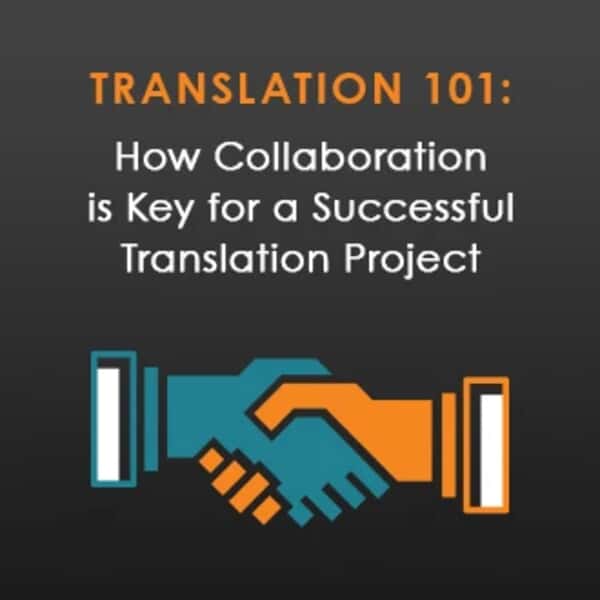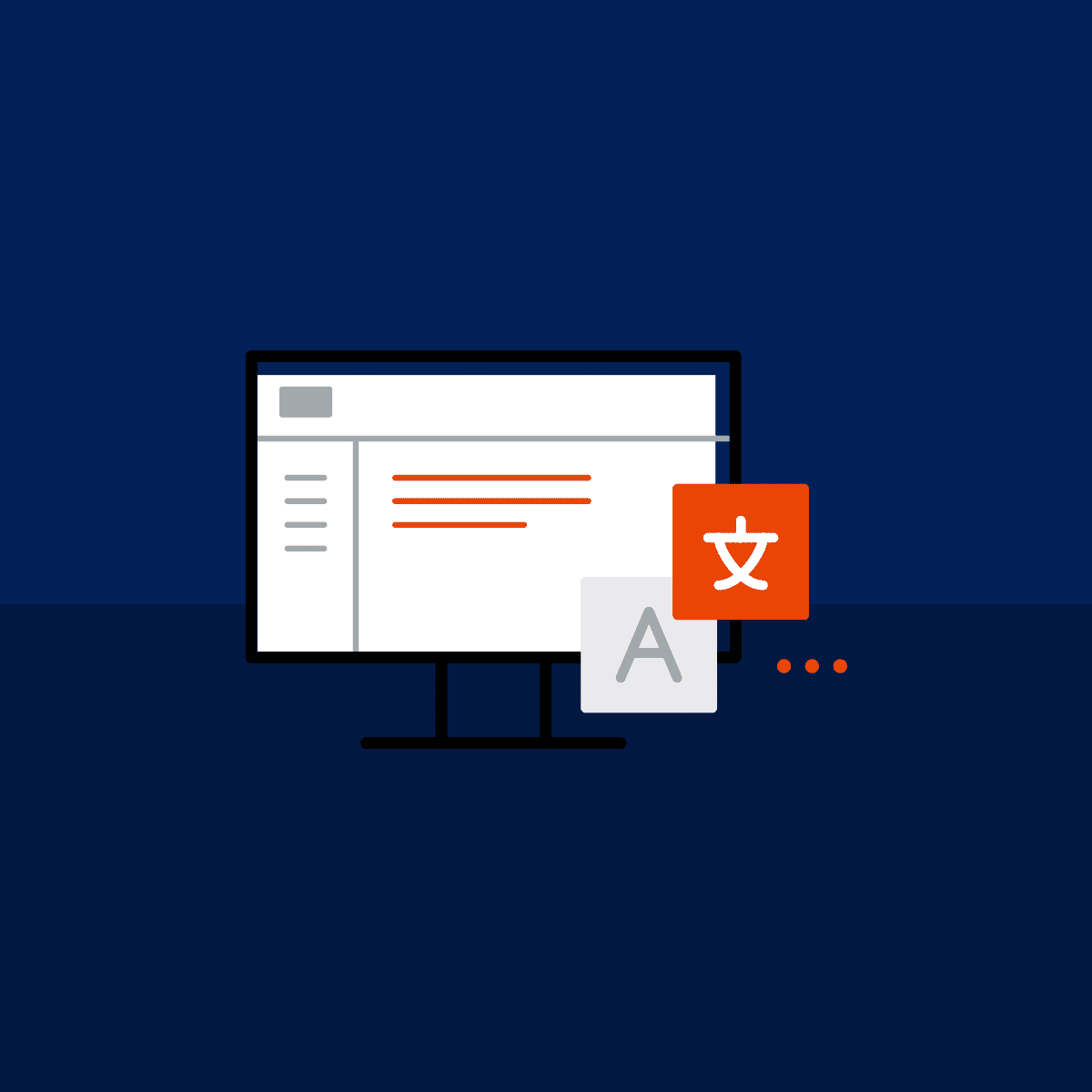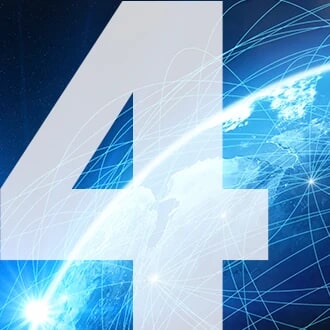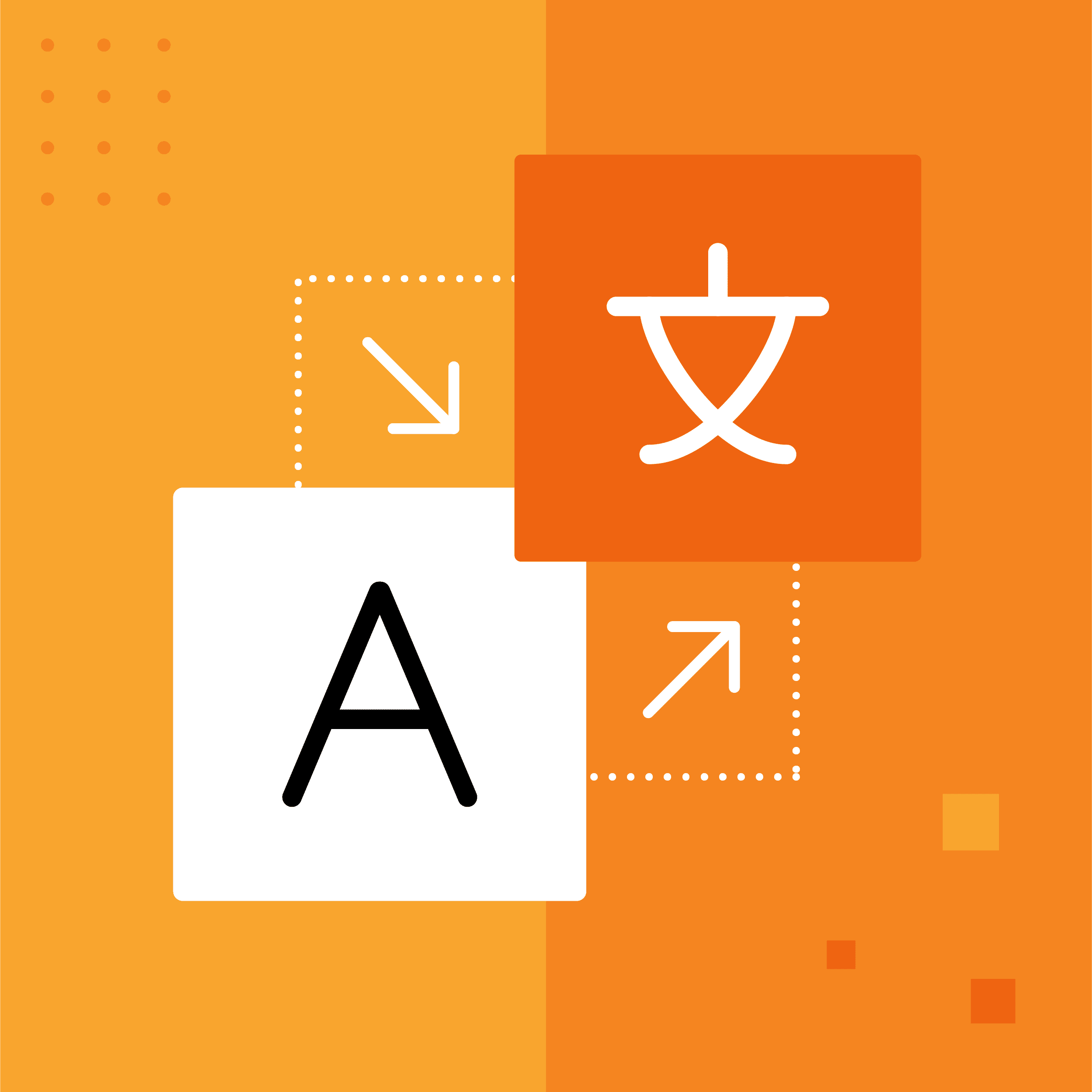Before starting a project, clients often ask one very important question: What can we do on our end to ensure a smooth and successful translation project? While this may seem obvious, the spirit of collaboration between the client and translation team must be strong. Without clear and open lines of communication, projects can be mired with delays and cost overruns.
For example, when a client has plans to utilize multiple translation vendors, the sharing of translation assets can reduce project time and costs. If the documentation and development teams are not in sync on how the product and supporting documents will be translated, the participating translation teams will have no way to share translation assets, such as translation memory, to maintain consistency across all content. Reworking product labels into documentation, for instance, can add days or weeks to a project.
Ideally a single partner will support all translation requirements, but it is fairly common for individual teams to work with their own preferred translation partners as a matter of familiarity. In this scenario, collaboration becomes even more important.
Outlined below are a few suggestions for improving the client and vendor collaboration:
Identify Any Pre-existing Assets – If processes and assets have been developed to control the authoring process at the source, these things should be communicated and discussed with the translation team. Most common existing assets include style guides, glossaries, and legacy translation assets.
- Style guide – do you have a style guide that you use relative to the creation of your source documentation? This is a great place to start a translation project. You and your vendor can work on adding any relevant items that come up during the translation and editing phases. Just add a section relative to translation and add any important stylistic considerations that come up in Q and A exchanges.
- Glossary – does a glossary exist with definitions of key terminology? If you do not have this type of resource perhaps you can ask your translation vendor to start a glossary and get approval on the translated terms from your Subject Matter Experts (SME). Having an approved glossary will be very helpful for the translation team and the review team.
- Legacy translation memory – If translation memory exists from previous translation efforts, this should be discussed. The communication around legacy translation assets should revolve around the perceived quality of the previous translation. There are several approaches that may be taken to leverage translation assets, so communication is key in determining how these should be leveraged. The same goes for terminology databases.
Establish a Client Review Process – Has a plan been established for client review? A client review should be handled with a sense of collaboration, the same way you would handle a peer review internally in your company. Here are a few suggestions to make that process smoother:
- A reviewer should refrain from stylistic changes that simply don’t add value to the final translation. This is extremely important if you will be switching reviewers. Each reviewer will bring their own style into the mix so stylistic changes could create a lot of extra rework without adding any real value to the final product.
- All changes shouldn’t be assumed free of errors. Reviewers are humans and therefore prone to human error. Collaboration during review creates for checks and balances for the translation team and internal reviewer(s) and will ultimately improve the product.
Determine Frequency of Project Updates – This is especially important for clients that create documentation in support of product or software releases with regular updates. Sharing this information with your translation vendor is extremely important for planning purposes.
- A project manager will likely organize projects a little differently for documentation with a monthly update cycle vs. a quarterly update cycle.
- Communication around future requirements will ensure the project manager is able to maintain the same translation team and may impact how the projects are organized.
- A plan should be in place to handle any software that is directly referenced in the documentation as well as any screen captures.
- It is understandable that the amount of work may vary from update-to-update but a baseline percentage should be estimated so that the translation vendor can give you rough estimates on timelines for the updates. This will help you in planning your release cycles with your internal teams.
While these are just a few things to consider when beginning a working relationship with your language services provider, the primary takeaway is that there should be open lines of communication on both sides. Proper communication and collaboration will result in quality translations and will help establish and build upon translation assets for future projects.
If I can help answer any questions regarding your next translation project, you can always reach me at sales@madtranslations.com or +1.858.320.0387.
To learn more about MadTranslations, including our free translation quote and Flare Localization Assessment, visit our translation services page.










